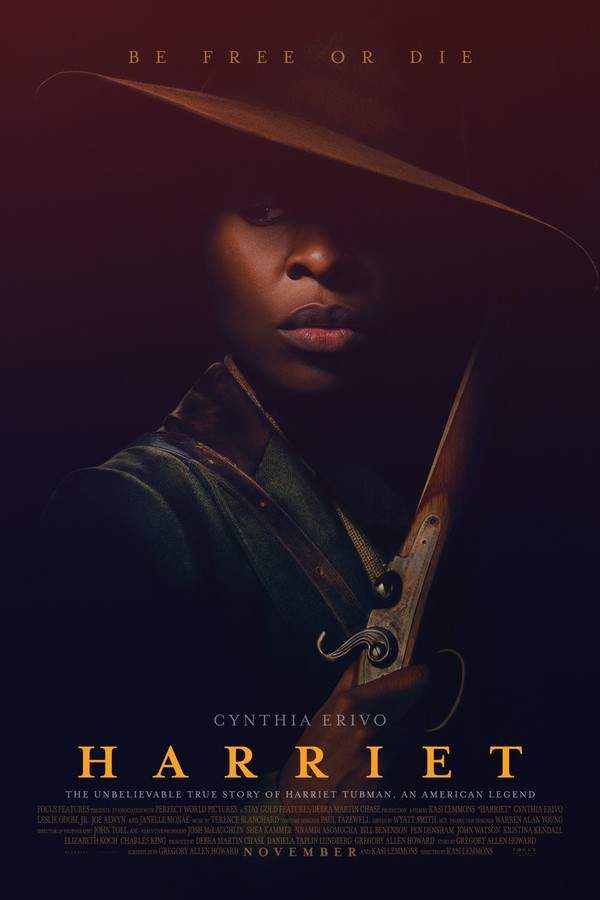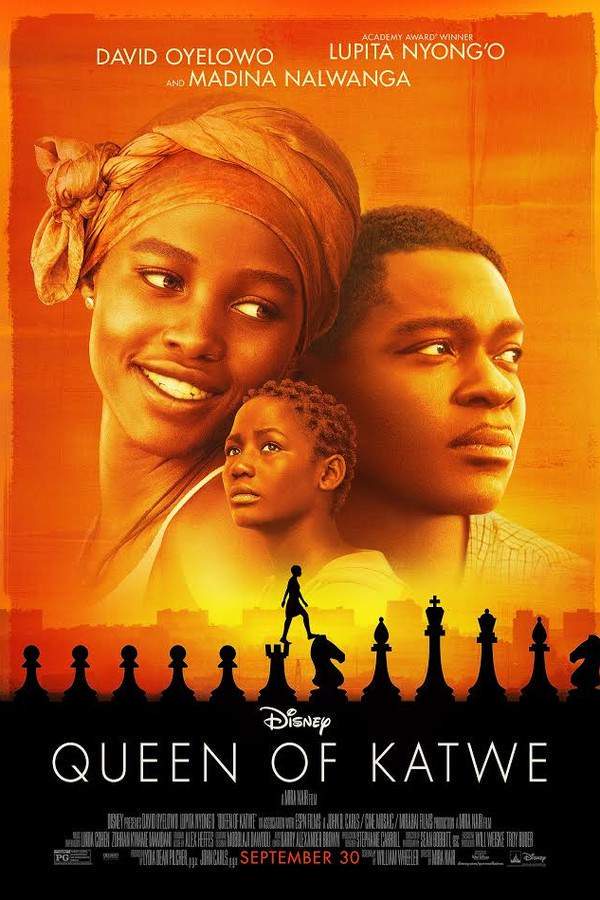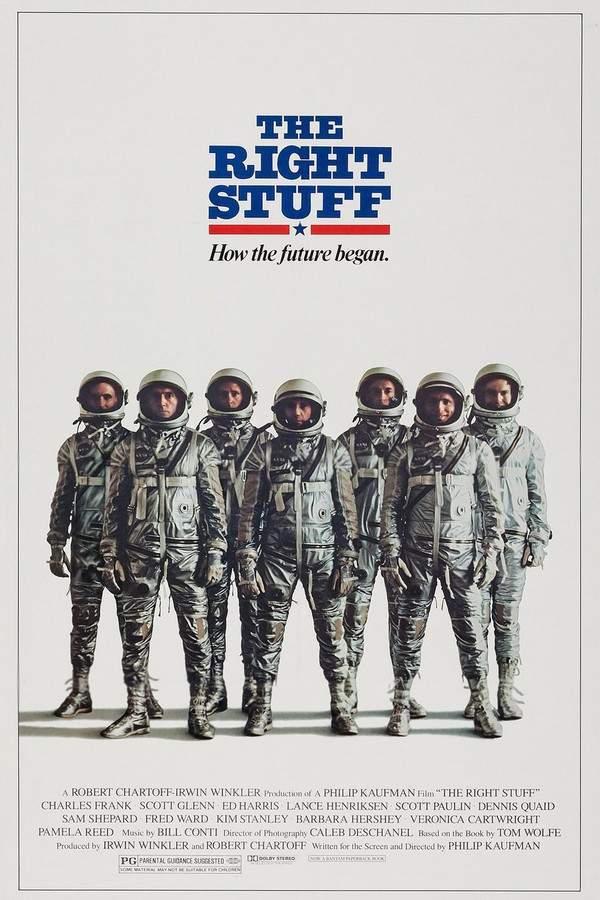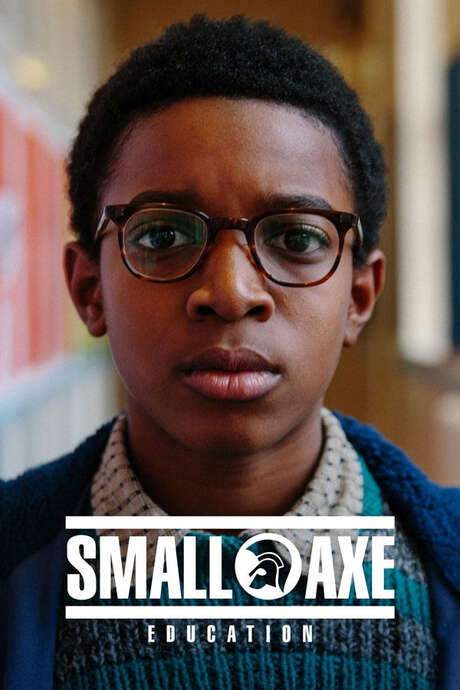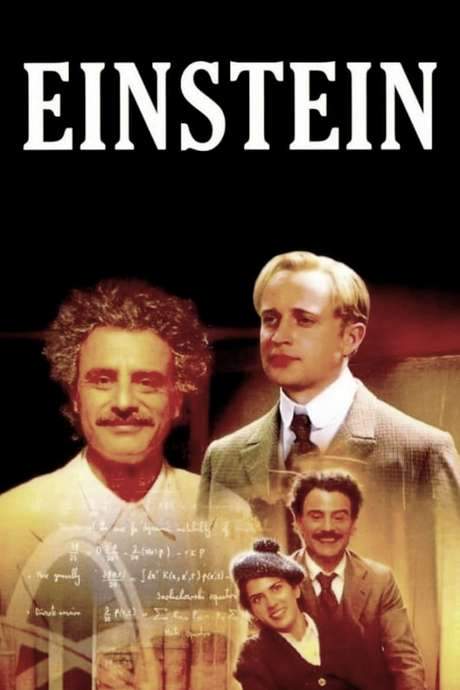
Hidden Figures
Year: 2016
Runtime: 127 min
Language: English
Director: Theodore Melfi
Budget: $25M
During the Space Race of the Cold War, NASA's ambition to explore space relies on a team of brilliant African-American women. Dorothy Vaughn, Mary Jackson, and Katherine Johnson overcome racial and gender barriers to become the agency's vital "human computers," performing complex calculations that are crucial to some of the most significant achievements in American space exploration. Their contributions are essential to the success of early space missions, and their story highlights a pivotal moment in U.S. history.
Warning: spoilers below!
Haven’t seen Hidden Figures yet? This summary contains major spoilers. Bookmark the page, watch the movie, and come back for the full breakdown. If you're ready, scroll on and relive the story!
Hidden Figures (2016) – Full Plot Summary & Ending Explained
Read the complete plot breakdown of Hidden Figures (2016), including all key story events, major twists, and the ending explained in detail. Discover what really happened—and what it all means.
As Katherine Goble Johnson navigates the deeply segregated landscape of Langley Research Center in Hampton, Virginia, in 1961, she becomes a pivotal figure among a small group of African-American women colleagues, including Mary Jackson and Dorothy Vaughan. These talented women find themselves assigned to perform menial mathematical calculations without an understanding of their critical purpose. The glaring segregation based on both race and gender shapes their daily experiences, particularly for Katherine, who is brought into Al Harrison’s Space Task Group due to her remarkable skills in analytic geometry, making her the first Black woman on that team. However, she faces constant challenges, particularly from engineers like Paul Stafford, who often dismiss her contributions.
Mary Jackson is assigned to the space capsule heat shield team, where her keen eye quickly identifies a critical design flaw. Supported by her team leader, Karl Zielinski, a Polish-Jewish Holocaust survivor, Mary pursues a NASA engineering position. Despite facing derision for her educational background, she refuses to back down. Demonstrating astounding courage, she petitions to attend all-white night classes at Hampton High School, ultimately winning over a local judge by appealing to his sense of justice and history, despite her husband’s protests.
Initially skeptical of Katherine’s mathematical capabilities, African-American National Guard Lt. Col. Jim Johnson eventually apologizes for his misguided assumptions. As Katherine spends time with him and her three daughters, she impresses Al Harrison by adeptly solving a complex equation lifted from redacted documents. The urgency mounts as the Soviet Union’s successful launch of Yuri Gagarin heightens the pressure on America to send astronauts into space.
A transformative moment occurs when Harrison confronts Katherine about her “breaks,” unaware that she must walk half a mile to access the restroom designated for “colored” individuals. Her heartfelt explanation of her daily discrimination is a crucial turning point, prompting Harrison to boldly remove the “colored” restroom signage and eliminate segregation. He subsequently includes her in high-stakes meetings to calculate the space capsule’s re-entry point, symbolizing a crucial advancement in her recognition.
Nevertheless, not everyone is ready to acknowledge Katherine’s profound contributions. Paul Stafford insists that “computers” cannot draft reports, instead attributing her efforts solely to himself, which once again obscures her vital role. Unfazed by these systemic issues, Katherine’s relentless determination and commitment to her work shine brightly, reflecting an indomitable spirit in the face of adversity.
Meanwhile, Dorothy Vaughan immerses herself in the complexities of the IBM 7090 electronic computer and quickly realizes that this groundbreaking technology threatens to replace human computers. As NASA gears up for John Glenn’s momentous launch, she learns crucial programming skills—secretly acquiring knowledge of Fortran and imparting this to her fellow West Area coworkers. Dorothy’s leadership soon leads to her role as supervisor of the Programming Department, with the critical condition that thirty of her peers are transferred along with her.
In the lead-up to launch day, Katherine Johnson (played by Taraji P. Henson) is moved from the Programming Department to support John Glenn’s Friendship 7 mission. Her unparalleled mathematical skills become indispensable when discrepancies arise in the IBM 7090’s calculations. Katherine’s unwavering precision and diligence allow her to prove invaluable as she enters the control room, ensuring the mission achieves successful orbit and landing.
Although human computers gradually give way to machines, the legacies of Dorothy, Katherine, and Mary Johnson persist. In a touching epilogue, we learn that Mary earned her engineering degree, becoming NASA’s first African American female engineer, while Dorothy blazed trails as NASA’s first African American supervisor. Katherine’s achievements are particularly notable; she co-authored reports with Paul Stafford and calculated crucial trajectories for the Apollo 11 and Space Shuttle missions. In 2015, her tireless dedication culminated in her receiving the Presidential Medal of Freedom. By 2016, NASA honored her enduring legacy by naming the Katherine Johnson Computational Building at Langley Research Center, a true testament to her profound influence in mathematics and beyond.
Last Updated: November 22, 2024 at 16:00
Unlock the Full Story of Hidden Figures
Don't stop at just watching — explore Hidden Figures in full detail. From the complete plot summary and scene-by-scene timeline to character breakdowns, thematic analysis, and a deep dive into the ending — every page helps you truly understand what Hidden Figures is all about. Plus, discover what's next after the movie.
Hidden Figures Timeline
Track the full timeline of Hidden Figures with every major event arranged chronologically. Perfect for decoding non-linear storytelling, flashbacks, or parallel narratives with a clear scene-by-scene breakdown.

Characters, Settings & Themes in Hidden Figures
Discover the characters, locations, and core themes that shape Hidden Figures. Get insights into symbolic elements, setting significance, and deeper narrative meaning — ideal for thematic analysis and movie breakdowns.

Similar Movies to Hidden Figures
Discover movies like Hidden Figures that share similar genres, themes, and storytelling elements. Whether you’re drawn to the atmosphere, character arcs, or plot structure, these curated recommendations will help you explore more films you’ll love.
Explore More About Movie Hidden Figures
Hidden Figures (2016) Scene-by-Scene Movie Timeline
Hidden Figures (2016) Movie Characters, Themes & Settings
Hidden Figures (2016) Spoiler-Free Summary & Key Flow
Movies Like Hidden Figures – Similar Titles You’ll Enjoy
Mercury 13 (2018) Ending Explained & Film Insights
Harriet (2019) Detailed Story Recap
Queen of Katwe (2016) Plot Summary & Ending Explained
The Right Stuff (1983) Film Overview & Timeline
Lucy in the Sky (2019) Film Overview & Timeline
Red Joan (2019) Film Overview & Timeline
Stealth (2005) Film Overview & Timeline
Red Tails (2012) Full Movie Breakdown
Mission Control: The Unsung Heroes of Apollo (2017) Full Summary & Key Details
The Six Triple Eight (2024) Complete Plot Breakdown
Race to Space (2001) Ending Explained & Film Insights
Woman in Motion (2019) Plot Summary & Ending Explained
Education (1000) Movie Recap & Themes
On the Threshold of Space (1956) Ending Explained & Film Insights
Einstein (2008) Story Summary & Characters




